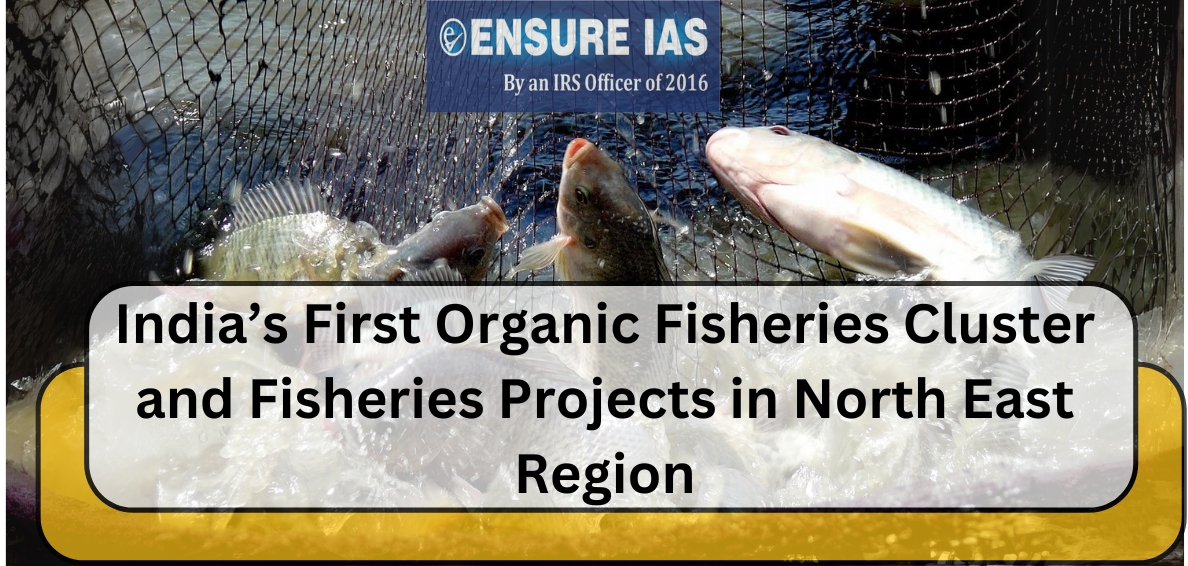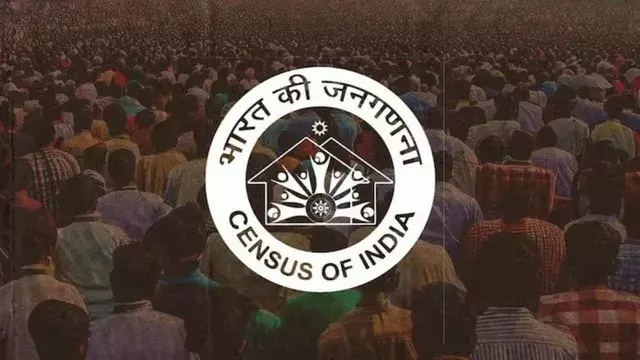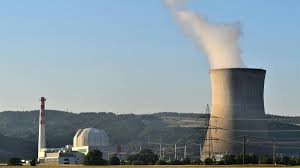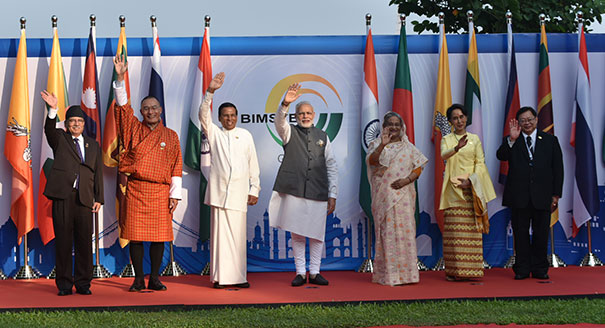- Courses
- GS Full Course 1 Year
- GS Full Course 2 Year
- GS Full Course 3 Year
- GS Full Course Till Selection
- Answer Alpha: Mains 2025 Mentorship
- MEP (Mains Enrichment Programme) Data, Facts
- Essay Target – 150+ Marks
- Online Program
- GS Recorded Course
- Polity
- Geography
- Economy
- Ancient, Medieval and Art & Culture AMAC
- Modern India, Post Independence & World History
- Environment
- Governance
- Science & Technology
- International Relations and Internal Security
- Disaster Management
- Ethics
- NCERT Current Affairs
- Indian Society and Social Issue
- NCERT- Science and Technology
- NCERT - Geography
- NCERT - Ancient History
- NCERT- World History
- NCERT Modern History
- CSAT
- 5 LAYERED ARJUNA Mentorship
- Public Administration Optional
- ABOUT US
- OUR TOPPERS
- TEST SERIES
- FREE STUDY MATERIAL
- VIDEOS
- CONTACT US
India’s First Organic Fisheries Cluster and Fisheries Projects in North East Region
India’s First Organic Fisheries Cluster and Fisheries Projects in North East Region

- On January 6, 2025, Union Minister for Fisheries, launched India's first-ever Organic Fisheries Cluster in Soreng District, Sikkim.
- In the same event, he inaugurated and laid the foundation for 50 fisheries-related projects worth ₹50 crores in Guwahati, Assam, aimed at transforming the fisheries sector across the Northeastern Region (NER) of India.
- These initiatives are a part of the Pradhan Mantri Matsya Sampada Yojana (PMMSY), a flagship scheme for the sustainable development of the fisheries sector.
|
Pradhan Mantri Matsya Sampada Yojana (PMMSY) is a scheme by the Government of India to develop the fisheries sector in a sustainable, inclusive, and economically viable manner. The scheme is being implemented from 2020-21 to 2024-25 in all states and union territories. The scheme's objectives include:
Some of the features of PMMSY are:
|
Key Highlights:
-
Launch of Organic Fisheries Cluster in Sikkim:
- India’s first Organic Fisheries Cluster has been launched in Soreng District, Sikkim, under PMMSY.
- This marks a progressive move towards promoting sustainable aquaculture practices in the state, aligning with Sikkim's organic farming goals.
- Sikkim, which is already recognized for its successful organic farming practices, will now pioneer organic fisheries by integrating eco-friendly fish farming methods.
- These practices avoid harmful chemicals, antibiotics, and pesticides, ensuring a healthier and environmentally sustainable approach to fish production.
-
Significance of the Organic Fisheries Cluster:
- Ecological Benefits: The cluster will minimize environmental pollution and prevent damage to aquatic ecosystems, making it a key contributor to the state's Blue Economy.
- Economic Benefits: Organic fish products often attract premium prices in the market.
- By tapping into the growing demand for organic and sustainable seafood, this initiative will increase Sikkim's economic output and open opportunities for exports of organic fish and related products.
- Social Benefits: The project will empower local fishers and create opportunities for cooperatives and farmer producer organizations (FFPOs), thereby uplifting communities and improving livelihoods.
-
Collaboration with NABARD:
- The National Bank for Agriculture and Rural Development (NABARD) is a key stakeholder in the development of the Organic Fisheries Cluster.
- NABARD will provide financial and technical assistance for infrastructure development, capacity building, and fostering private investment in aquaculture technology.
- Additionally, it will help to establish FFPOs to streamline operations and enhance the overall ecosystem of organic fish farming.
-
Cluster-Based Approach Under PMMSY:
- PMMSY’s cluster-based approach is designed to enhance the efficiency and competitiveness of the fisheries sector by uniting geographically connected enterprises across the fisheries value chain.
- By promoting collaboration among fishers, processors, entrepreneurs, and other stakeholders, this approach promotes economies of scale and generates higher incomes through improved market access and innovation.
- The government has already established several fisheries clusters like the Pearl Cluster in Jharkhand, the Ornamental Fisheries Cluster in Tamil Nadu, and the Seaweed Cluster in Lakshadweep, which serve as successful models for integrated fisheries development.
-
Fisheries Sector Growth in the North East Region:
- The Northeastern Region (NER) of India, blessed with abundant freshwater resources and rich aquatic biodiversity, is emerging as a key area for fisheries and aquaculture development.
- Government schemes like the Blue Revolution, the Fisheries and Aquaculture Infrastructure Development Fund (FIDF), and PMMSY have collectively invested over ₹2,114 crore to improve infrastructure, productivity, and sustainability in the region’s fisheries sector.
- As a result, inland fish production in the NER has grown from 4.03 lakh tonnes in 2014-15 to 6.41 lakh tonnes in 2023-24, representing an impressive annual growth rate of 5%.
-
National and Global Significance of the Fisheries Sector:
- The fisheries sector is critical to India’s economy, providing livelihoods for 3 crore fishers and fish farmers.
- India is the 2nd-largest fish producer globally, contributing 8% to the global fish output, and is also a leader in shrimp production and export.
- Since 2015, the Indian government has committed ₹38,572 crore through various schemes, including the Blue Revolution, FIDF, and PMMSY, to promote the sustainable growth of the fisheries sector.
-
Strategic Focus on Fisheries in the North East:
- The NER has been prioritized in India’s vision for self-reliance in fisheries.
- With a focus on modern aquaculture parks, fish processing units, and innovative technologies like Biofloc systems and recirculatory aquaculture systems (RAS), the region is poised to contribute significantly to the country’s Blue Economy.
- The 50 projects launched in Guwahati aim to strengthen the value chains in the NER’s fisheries sector, increasing productivity and improving market access for local fish farmers
Conclusion:
The launch of India’s first Organic Fisheries Cluster in Sikkim and the inauguration of 50 fisheries projects in the North Eastern Region reflect the government’s strong commitment to developing a sustainable, competitive, and inclusive fisheries sector. Through initiatives under the PMMSY and strategic investments, the government is driving sustainable aquaculture practices, economic growth, and job creation in the fisheries sector. These efforts position India’s fisheries industry as a key contributor to both the national economy and the global sustainable food systems.
|
Also Read |
|




